We are not saying anything new if we talk about the beauty of the cities of Spain. The architectural and cultural legacy of more than 2,500 years makes Spain a unique place in Europe.
But Andalusia brings together the vast majority of monuments and World Heritage sites, an extensive territory where the first civilizations of Europe settled in this region.
The beauty of some of the places in Andalusia are unquestionable: white architecture, healthy Mediterranean cuisine and a diverse culture, being a mass region.
The Times magazine published an article mentioning the 20 most beautiful places in Spain, we focused on Andalusia adding some more that are less touristy and that we usually recommend for travelers who want to travel off the beaten path, authentic…
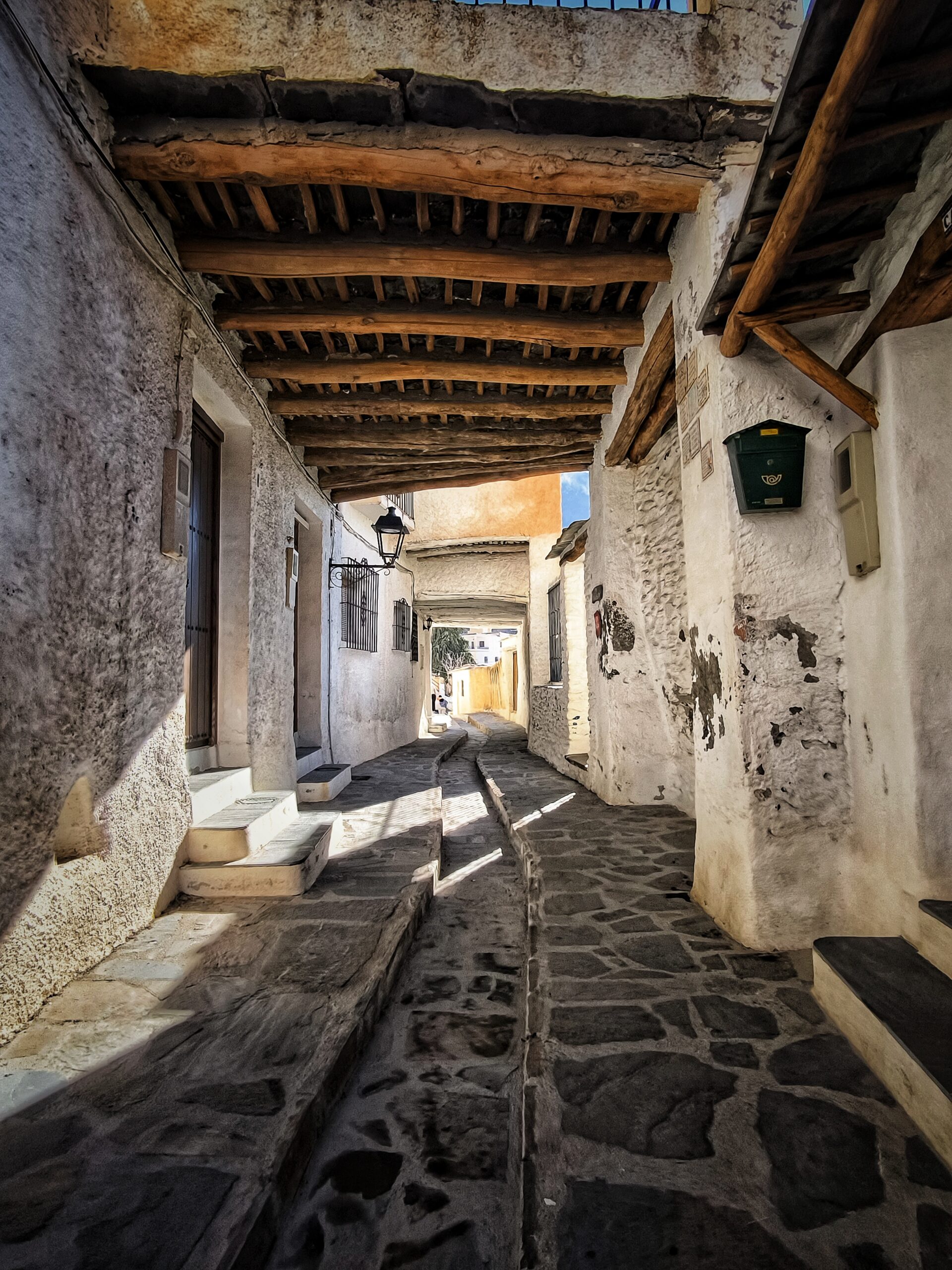
CAPILEIRA, Granada
Capileira is the highest white village in Sierra Nevada, very close of the villages Bubion and Pampaneira. Those three villages live their quiet life next to each others. Curly mountain road takes you to the Pogueira Valley. Capileira is also the highest place you are able to go by public transportation in Sierra Nevada. Its altitude is around 1400 meters. Capileira is 70 km from Granada and 130 km from Malaga. And if you ask us it is definitely it is one of the most charming white towns in Granada.
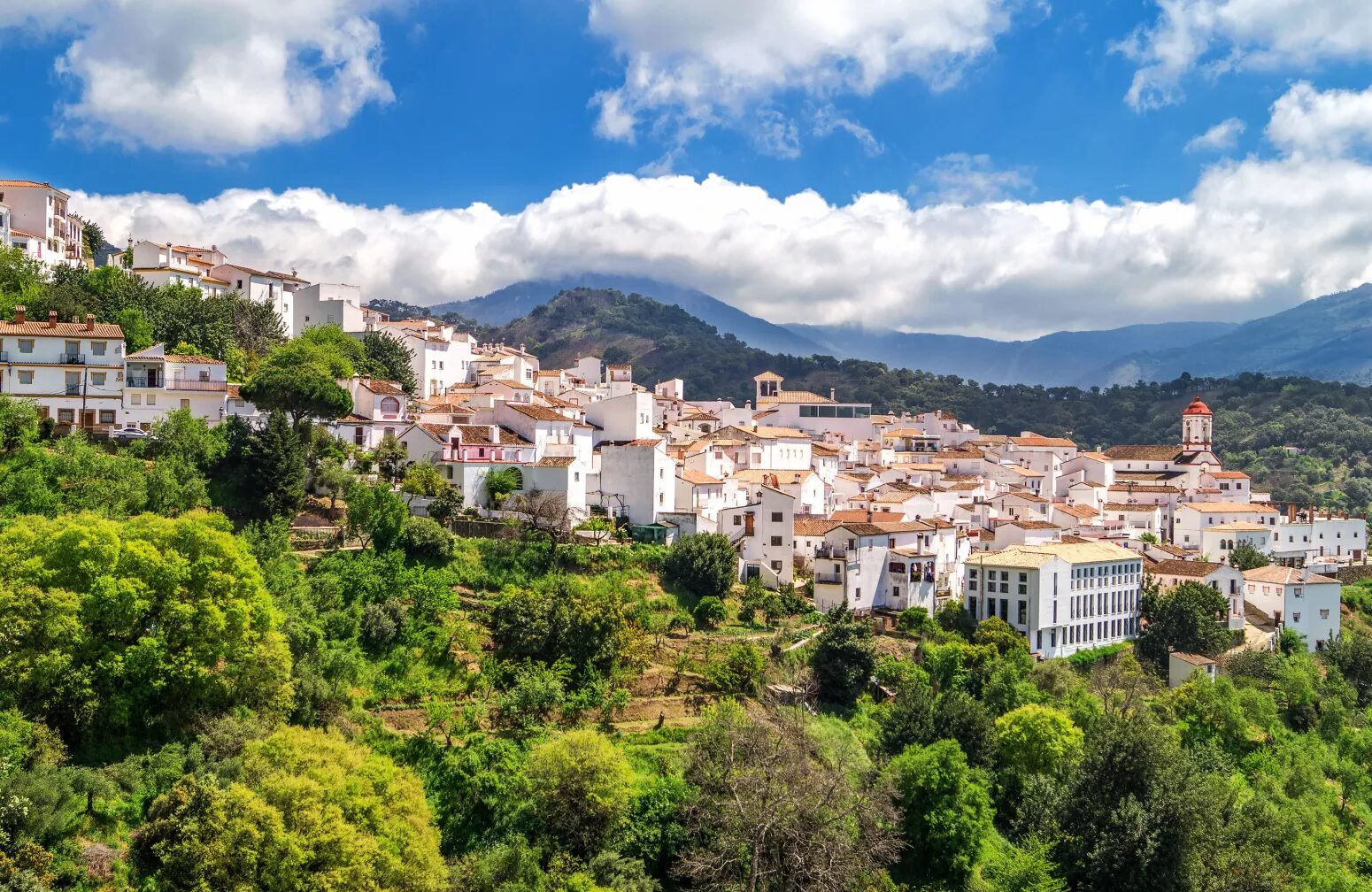
GENALGUACIL, Malaga
Genalguacil is either one of the prettiest or scariest roads in Spain. Wide enough for one car, it writhes through the pinsapo forests of the Sierra Bermeja, hairpinning down to the Genal — where you’ll find one of the finest river beaches in Andalusia — before climbing up to a hidden white village of unexpected beauty. Despite its tumultuous history of uprisings, banditry and reprisals, Genalguacil is a deeply tranquil spot that’s become dedicated to art, with 150-odd installations to discover in the streets and gardens and an arts festival held, inexplicably, in the fierce heat of August.
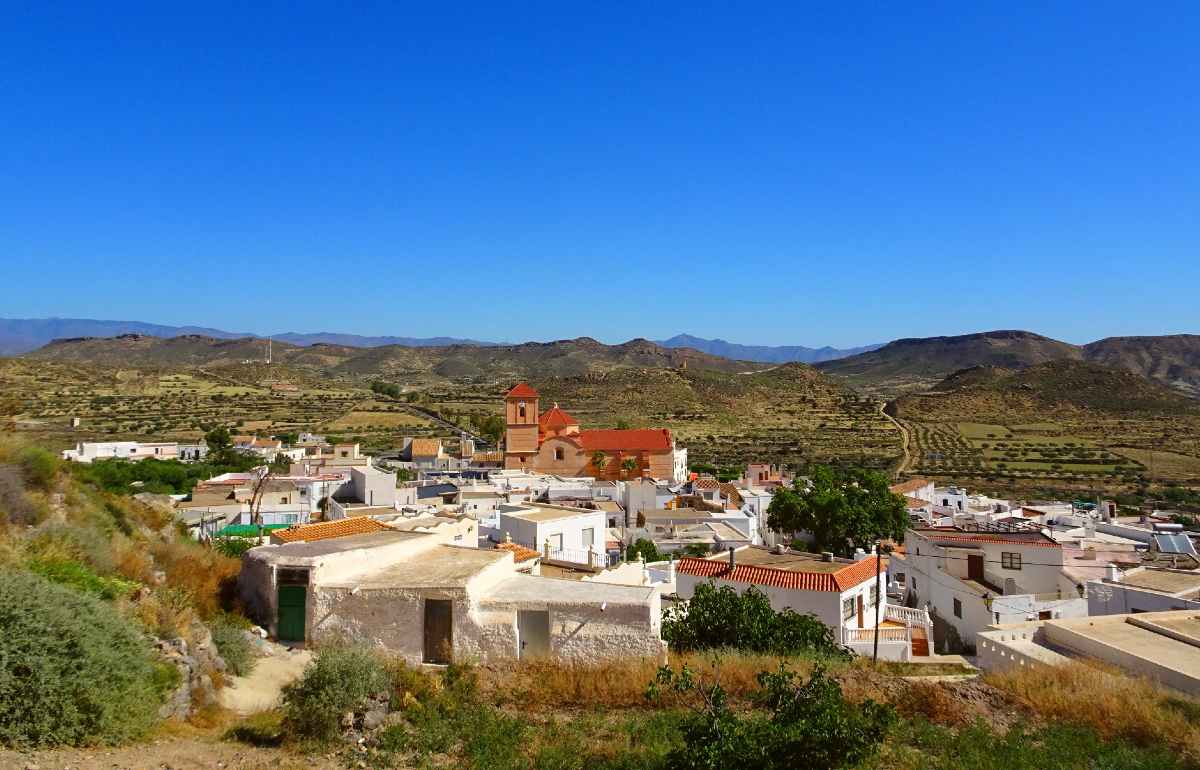
LUCAINENA DE LAS TORRES, Almería
This village of 600 lying east of the Tabernas desert and an hour from Almeria is suspiciously pretty. The houses are as white as Simon Cowell’s teeth, the spotless streets lined with meticulously groomed flowerpots. The locals, who still collect fresh water from the fountain beside the old hospital, are a little too friendly, too happy to have a laugh. It’s almost as though you’ve stumbled onto a desert film set in which you are the unwitting star.
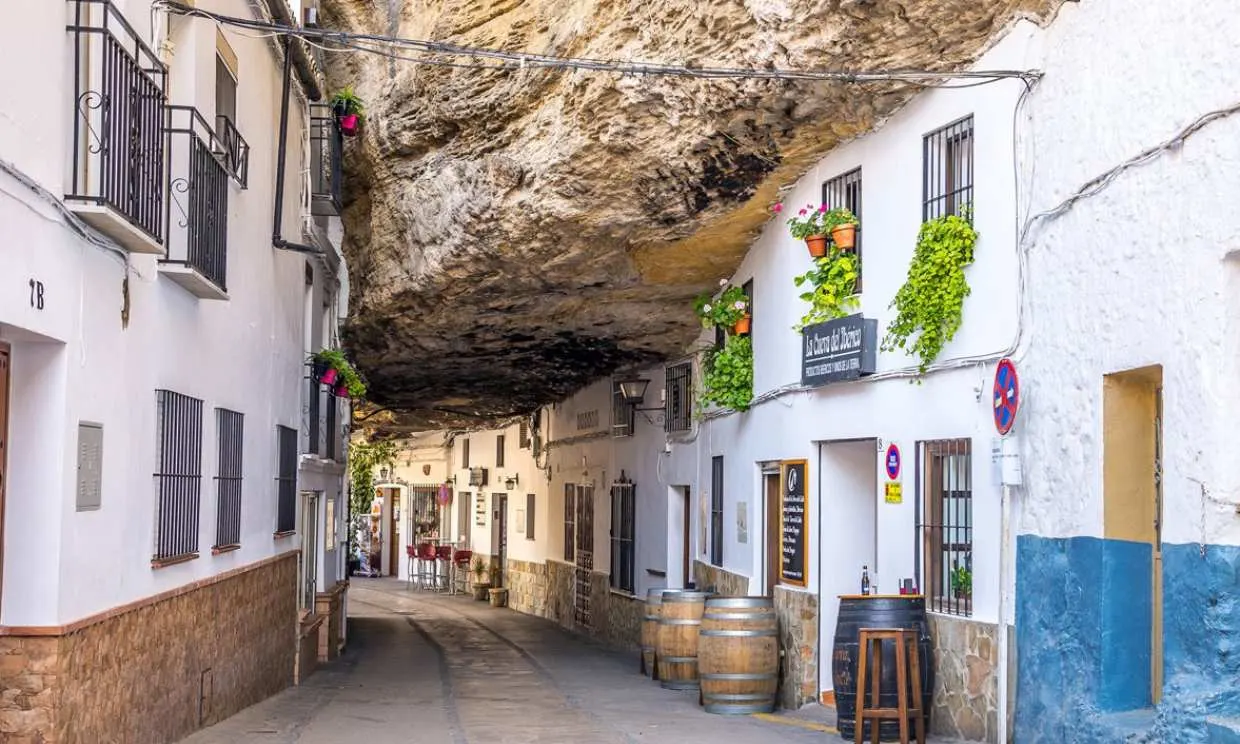
SETENIL DE LAS BODEGAS, Cádiz
When living in caves went out of fashion elsewhere in Europe, the citizens of Setenil, hidden in a limestone gorge ten miles north of Ronda, simply built house-type façades on theirs and carried on as normal. The first part of the name is derived from the Latin for seven times nothing — a reference, it’s thought, to attempts to persuade the Nasrids to leave in the 15th century. The second part refers to the caves: ideal for storing wine and the superb pork products for which the village is famed.
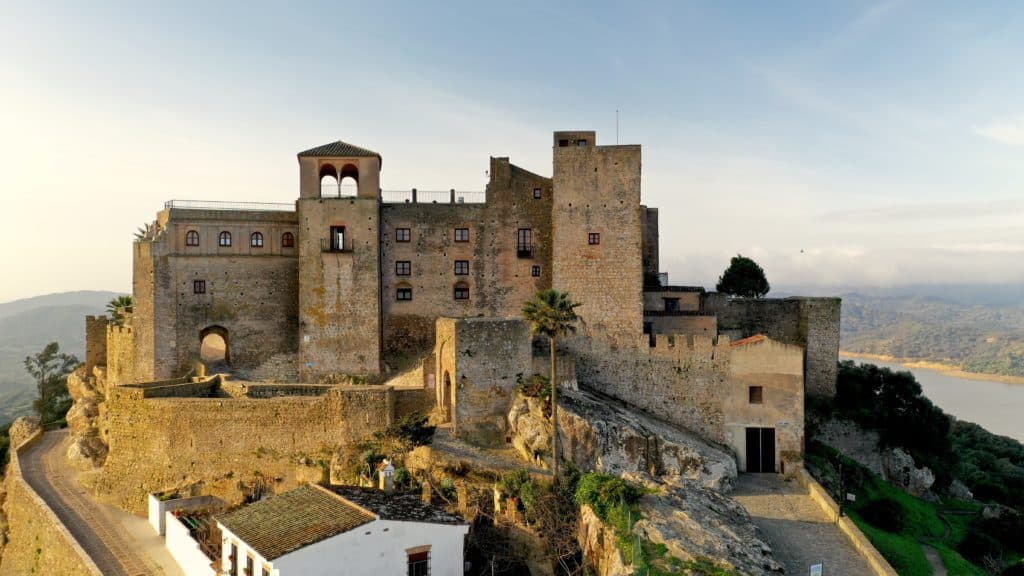
CASTILLO DE CASTELLAR DE LA FRONTERA, Cádiz
In 1971 the residents of Castillo de Castellar deserted their medieval homes in the fortified, mountaintop village and moved into brand-new houses in the new town of Nuevo Castellar down in the valley. Unloved and uncared for, the houses within the castle walls became squats for a community of hippies. When I lived nearby in the Nineties, a two-up, two-down with roof terrace sold for £850. I’ve seen a two-bedroom place on offer there for £257,000 recently. The attractions of this once rough, now gentrified pueblo aren’t hard to see: car-free streets of white houses; wrought iron and jasmine; cheap tapas and vino mosto; ancient history and views across the Straits to Africa.
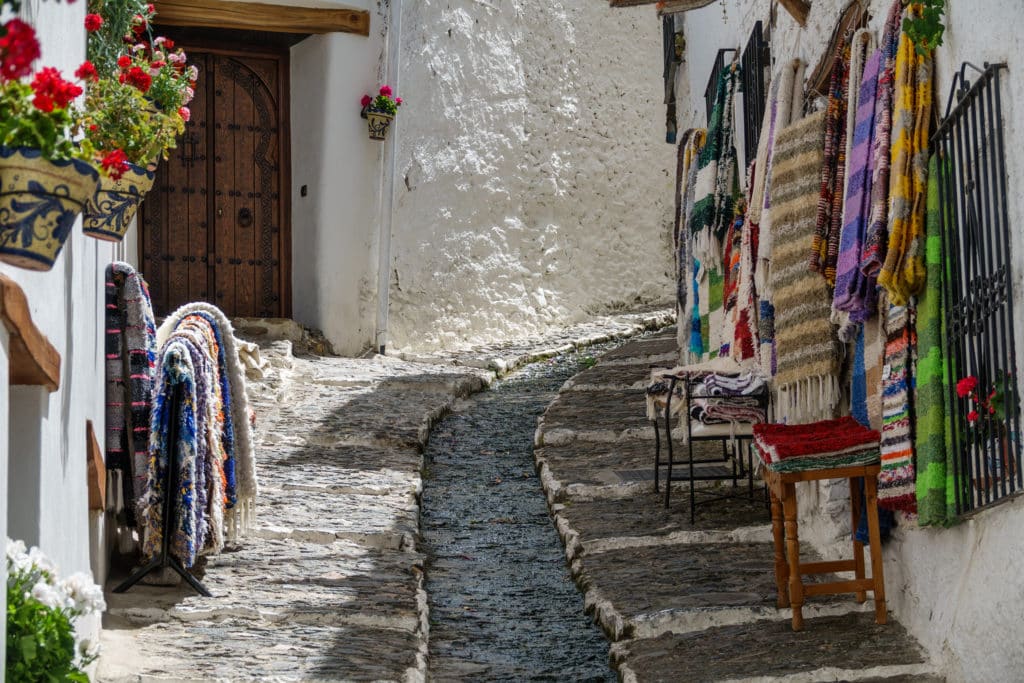
PAMPANEIRA, Granada
The villages of Pampaneira, Bubion and Capileira lie along a two-mile stretch of the A-4129 above the Poqueira Gorge on the Alpujarras on the southern slopes of Granada’s Sierra Nevada. All three make the Pueblos Mas Bonitos list, but, frankly, in summer and especially at weekends, they’re too congested to be any fun. Come midweek, though, and out of season, and their Berber beauty — a combination of running water, dazzling white houses and cascades of geraniums — is more intoxicating than the altitude.
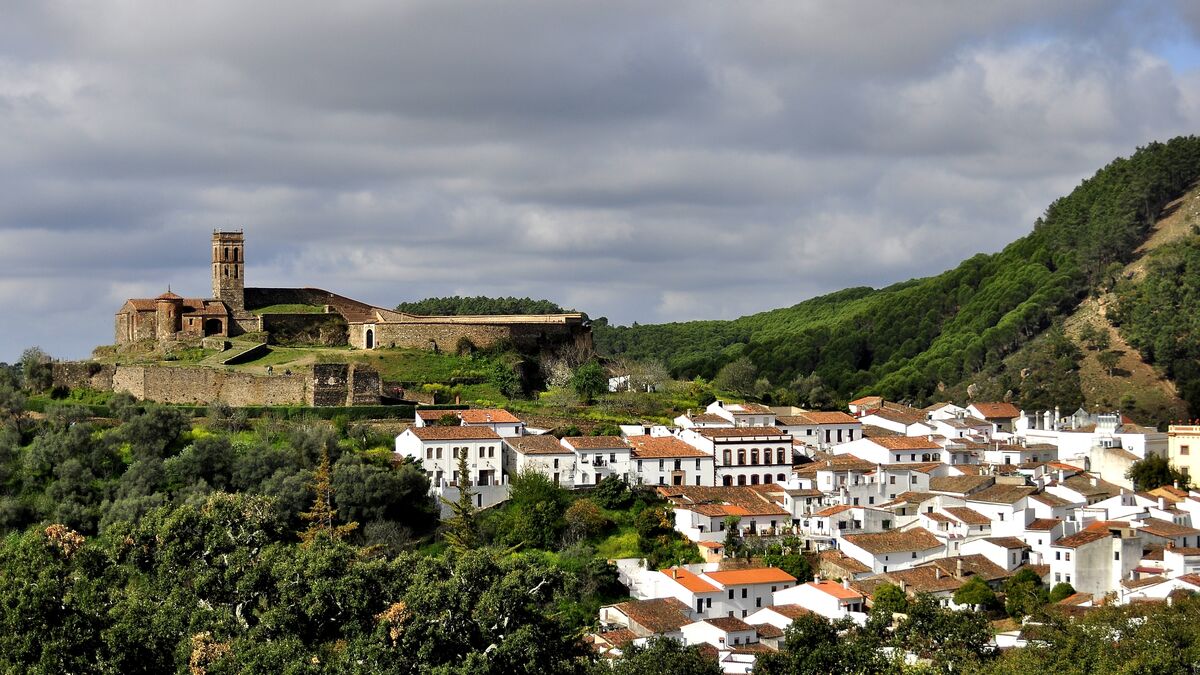
ALMONASTER LA REAL, Huelva
Huelva is Andalusia’s forgotten province: a land of pigs and oak trees, slate mountains and hidden wonders such as Almonaster le Real, 20 miles west of Aracena. The mosque that stands on the ridge above the village dates from the 10th century; the adjacent bullring is built on the old parade ground of the castle. Down below are the painted cottages, cobbled streets and hot, silent afternoons of Andalusia profunda. The jamon here, which tastes of acorns, actually melts in the mouth.
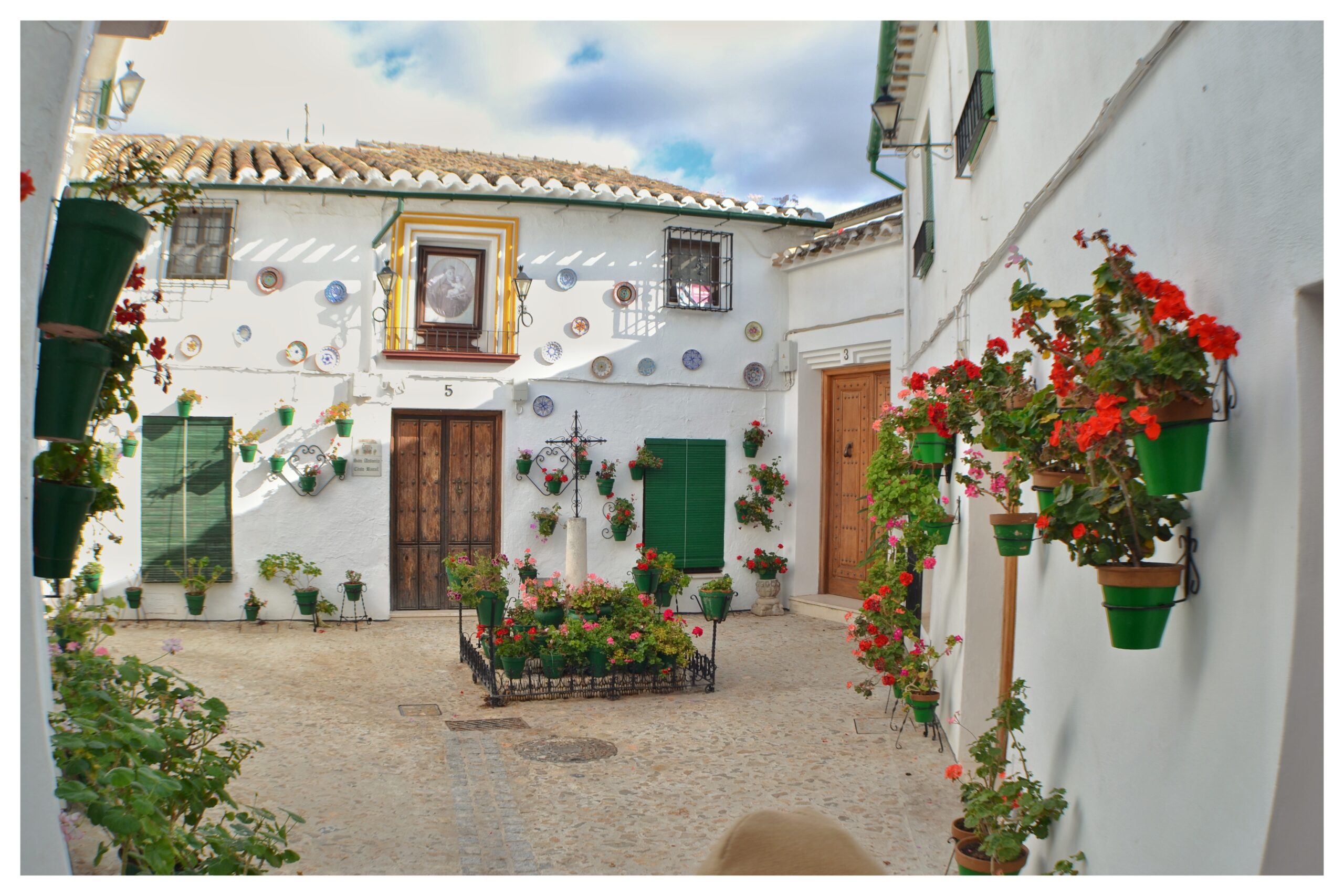
PRIEGO DE CÓRDOBA, Córdoba
A town located in the south east of the province, at the heart of the Sierra Subbetica region.
The municipal area is part of Sierra Subbetica Natural Park, with its high limestone peaks and valleys of holm oaks, gall oaks and white poplars on river banks. The main agricultural activity here is olive cultivation.
Priego, one of the most majestically beautiful towns in Andalusia, is a series of secluded streets and corners crammed with noble houses, architectural monuments and sculptures, all within a complex, irregular urban layout. Two things stand out in the town: water, which is abundant, and baroque architecture, which is predominant in Priego: El Rey and La Salud Fountains, Las Angustias Church, Saint Francis” Convent, Saint Peter’s Church, Saint John’s Convent, La Aurora Chapel and the remains of the Castle are just a few examples.
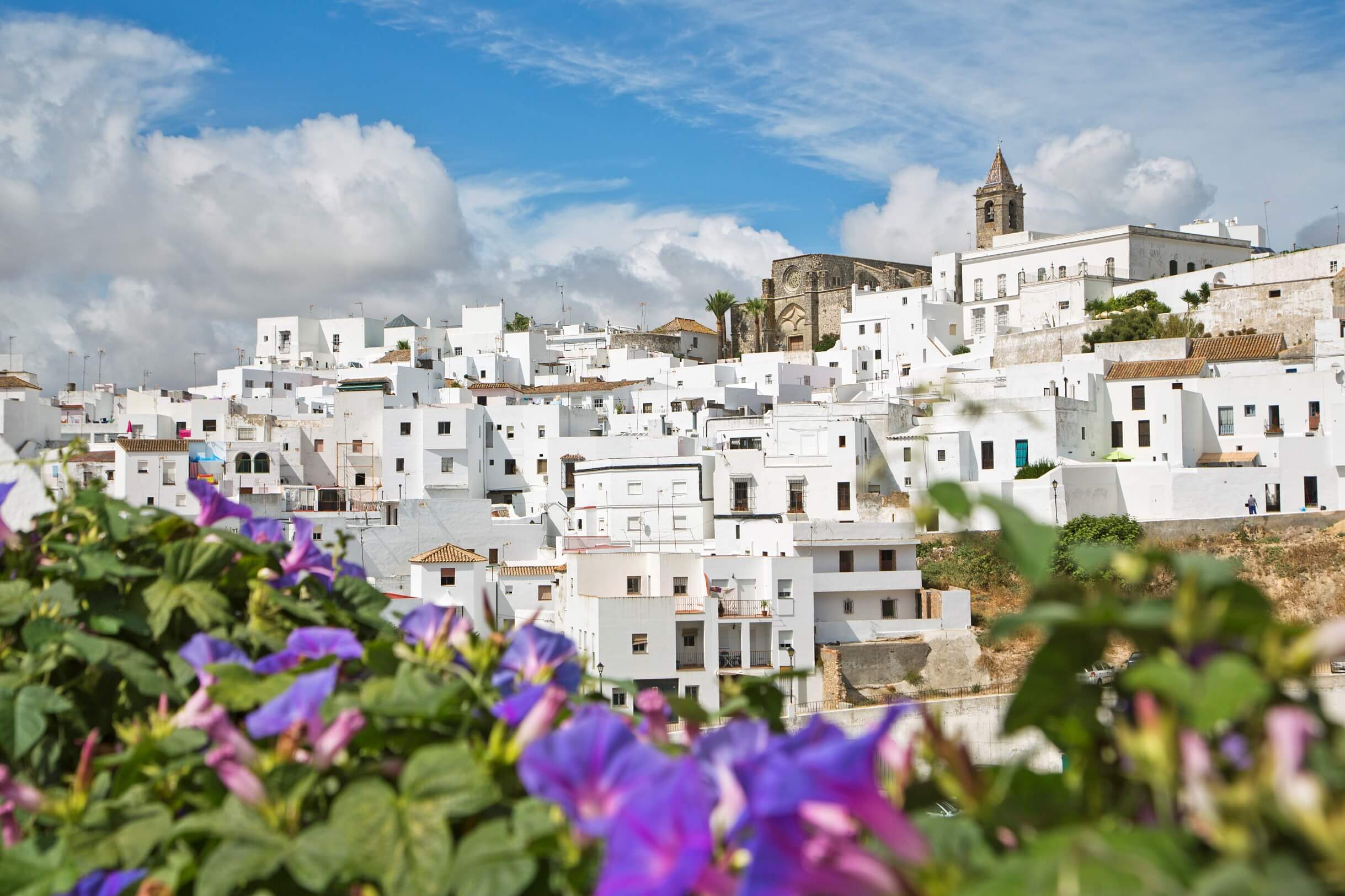
VEJER DE LA FRONTERA, Cádiz
This beautiful set of white houses, with balconies and wrought-iron windows, extends over the hill of its medieval castle. Its popular concept is made up of the defence of their collective rights in the 16th century.
What to see in Vejer is rather the popular, authentic atmosphere of its streets among whitewashed houses. Also of interest are the panoramic views over the rooftops and the surrounding countryside. The walking tour can take up to a whole day.
On the other hand, on the pages about sleeping and eating in Vejer de la Frontera there are good options for accommodation and restaurant choice. Finally, the place is perfect for various activities in the province of Cádiz.
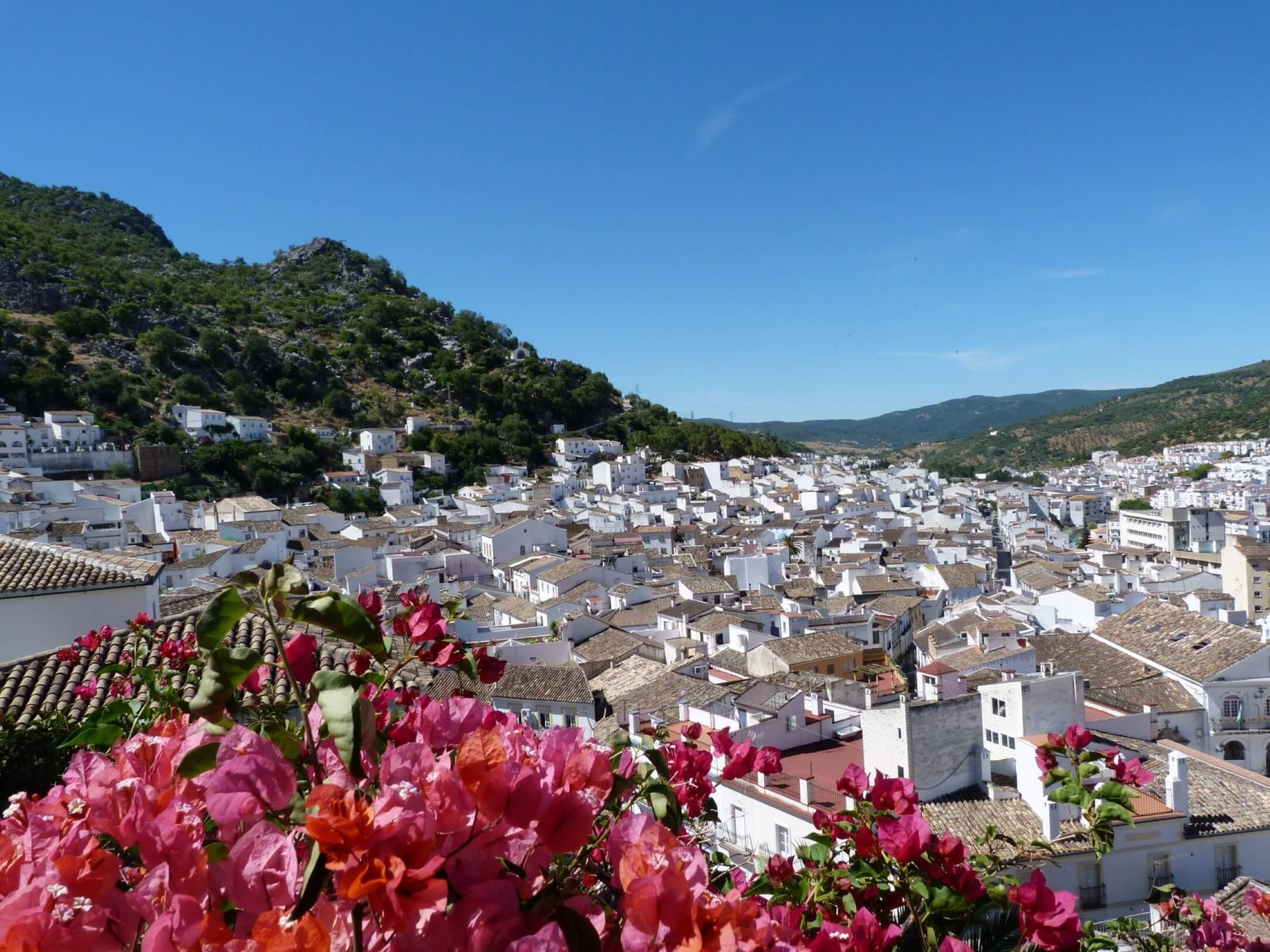
UBRIQUE, Cádiz
Ubrique‘s municipal area is located between the mountain ranges of the north and the Campo de Gibraltar region. Its relief consists primarily of hills, mountains and pastures. Parts of the village belong to Los Alcornocales Natural Park, while others lie within the boundaries of Sierra de Grazalema Natural Park.
The origins of the village date back to the Christian reconquest, though it was previously the site of an important Roman town. It stands in the bed of a stream at the foot of the mountains, displaying the typical appearance of the white villages, and boasts a number of places of interest, such as the Roman Ruins, Saint Anthony’s Church, the Capuchin Convent and Cardela Castle.
Ubrique is one of the leading production centres for leather goods, yet another reason for tourists to visit the village. Chanel, Yves Saint Laurent, Vuitton and other big brands have their secret artisan workshops in this beautiful town.
We include all of these beautiful charming towns in some of our private itineraries through Andalusia. If you want more information, send us an email to booking@andalucaiexperiencias.com
